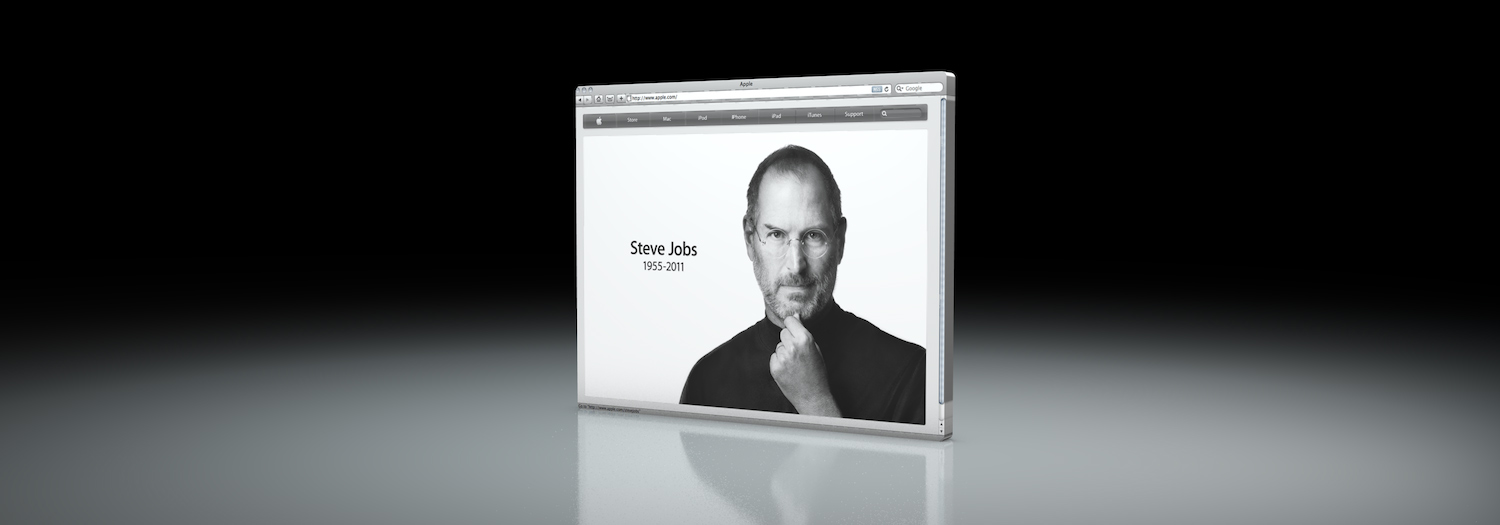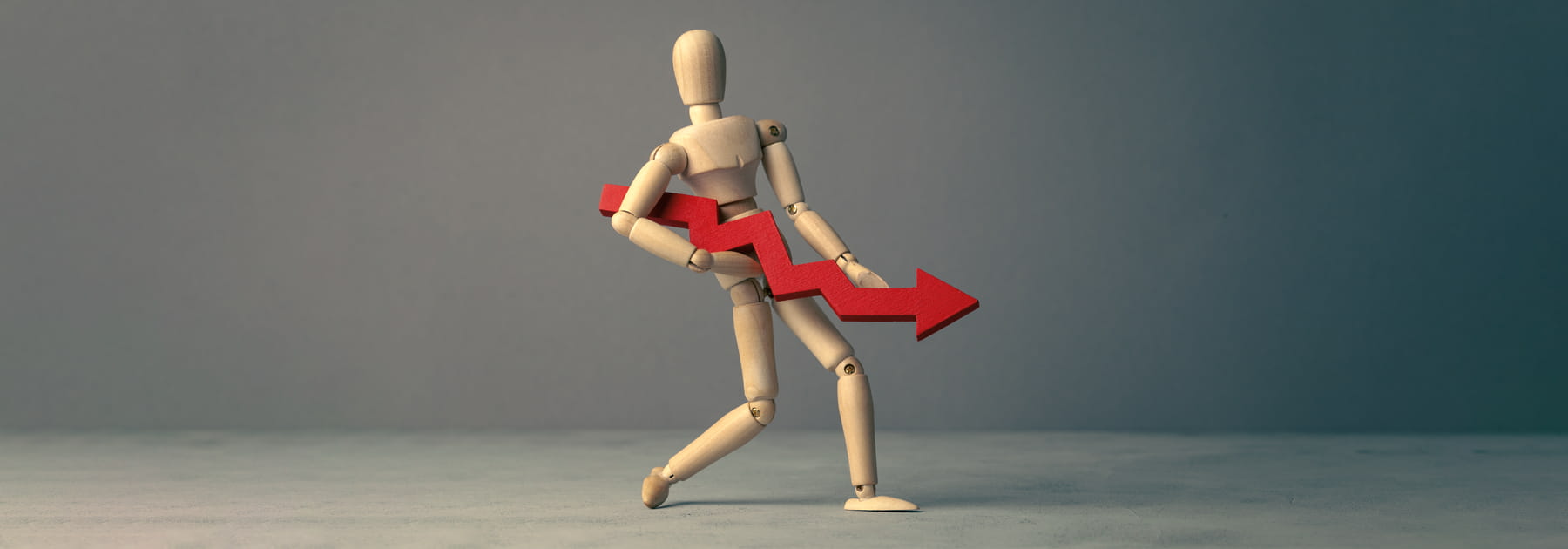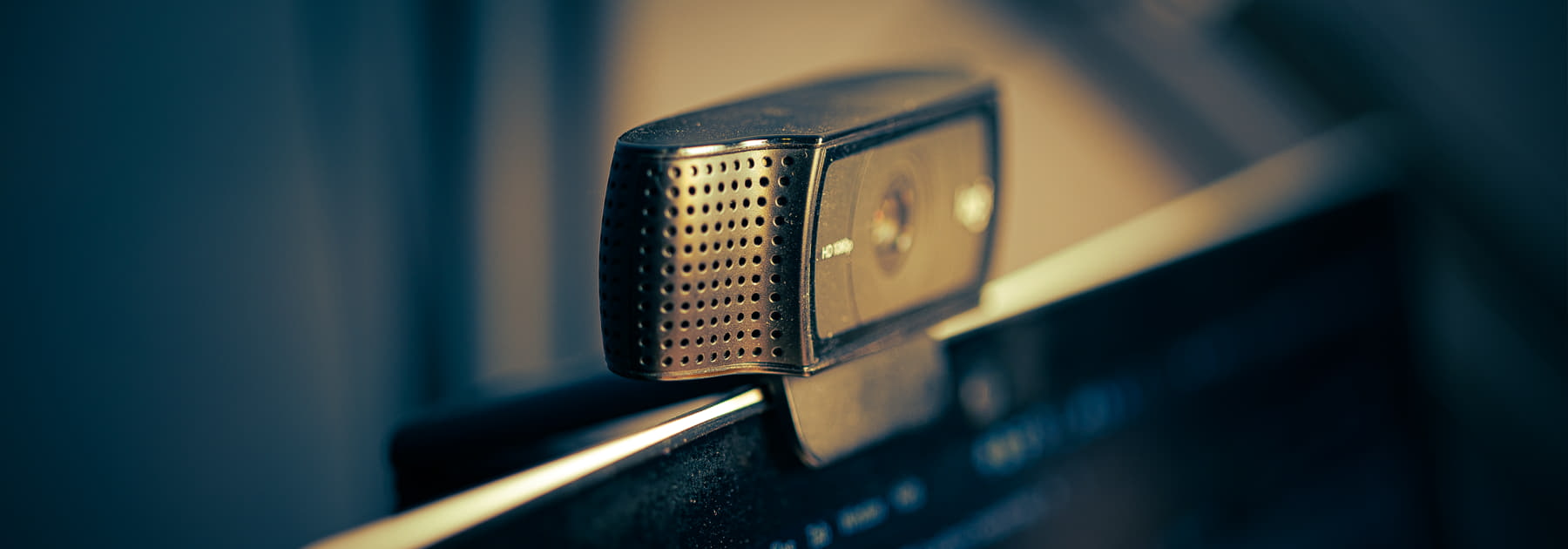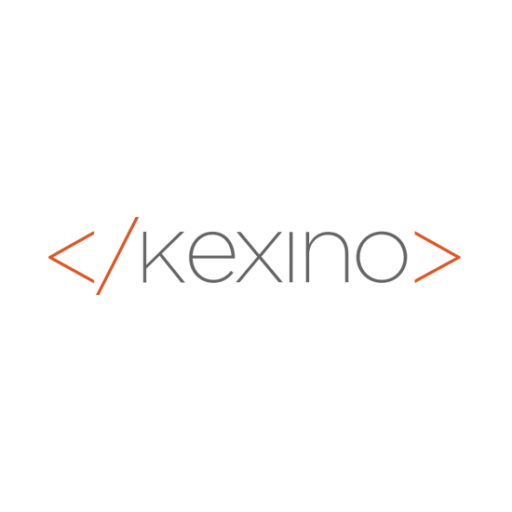
The year was 1992.
I was working for a central-London based supplier of professional photographic equipment, and we’d just taken on UK distribution of an innovative high-resolution digital capture system made in the US. The scanning back attached to a Sinar large format studio camera, and could capture images at a resolution of 6,000 x 7,520 pixels. That equates to a digital image of 129MB. This was in 1992, don’t forget.
We needed a computer to tether the equipment to. The manufacturer of the camera back only had software for the Apple System 7 operating system. Our company had to buy an Apple computer.
My love affair with the Mac was about to begin.
Photoshop 2.5.1
The company purchased an Apple Macintosh Quadra 950 – the most powerful machine from Apple available at the time. The processor ran at a blistering 33Mhz. We ordered it with 256MB of RAM – the maximum amount of RAM the machine could take. In those days RAM was very expensive. 256MB cost almost as much as the Mac itself.
No-one in our company would go near the new arrival, delivered as a number of large boxes and piled-up neatly in the corner of the office. It was down to yours-truly to unpack everything, read the manuals, and connect the Mac up. Up until then I had never used a computer – not even at school. Even as a total ignoramus I was able to connect the keyboard, mouse, and monitor.
I pressed the power button. I heard the ‘bong’. I was in love.
As well as the Mac, we bought Adobe Photoshop 2.5.1, a Radius 20 inch (CRT) monitor, and a Radius Thundercard accelerator card that was meant to speed-up Photoshop. Running the “Unsharp Mask” filter on a 129MB file, even with the $2,000 Radius card, could take 2 minutes or more. Just opening the file in Photoshop took around 30 seconds.
My Love Affair With The Mac
From then on, I was fascinated with that Quadra 950. I bought Mac magazines to quench my new-found thirst for knowledge. Customers with Macs would come and teach me things, and show me software such as Kai’s Power Tools, Strata Studio Pro, and games like Castle Wolfenstein.
I learned how to run Disk First Aid, how to defragment the (massive for the time) 1GB hard drive, and how to resolve extension conflicts. I learned about SCSI connections, the Apple Desktop Bus, installing cards in NuBus ports, and the fragility of 88MB SyQuest disks. I even bought an external CD drive with my own money (an Apple PowerCD that still works to this day) just so that I could install the free software on the CDs that came glued on the covers of MacFormat and MacUser magazines.
The Mac became my mistress. I would lavish it with gifts like new mousemats or monitor squeegees. I stayed late at the office most nights, sometimes only leaving so as not to miss my last train home. Our company didn’t have internet – no-one I knew did at the time. Everything I learned for the 2+ years I was at the company was from trial and error, reading whatever I could find, and tips from my customers.
Back To The Mac
I read about Apple the company. About Steve Jobs, Steve Wosniak, and someone called Ronald Wayne. About boardroom goings-on at a place called 1 Infinite Loop, featuring people named John Sculley and Gil Amelio.
At the same time I was constantly travelling, up and down the UK as well as to some cities in Europe, demonstrating the digital camera back. Sometimes I had the Mac with me, sometimes I didn’t. I became the go-to Apple guy for anyone who needed to know how to get involved with professional-level digital photography. Not because I knew a lot, but because I knew just a little more than they did. In the land of the blind, the one-eyed man is king. I spoke at conferences, seminars, workshops, industry events, and tradeshows. I would give presentations. Using PowerPoint. Using a Mac.
Within a short time, my Mac knowledge within the professional digital photographic industry had not gone unnoticed. After a couple of years I was headhunted and moved to another company. At first I was doing the same sorts of things, but the new company sold many more products – some of them totally blowing my mind. I had the chance to play with digital camera backs from Kodak, Phase One and Leaf, $100,000 IRIS inkjet printers, and the Quantel Paintbox. I got to use Silicon Graphics workstations and servers, the kinds of machines used by Hollywood special effects houses such as Industrial Light and Magic. I was even given my very own company laptop. An Apple laptop. A PowerBook G3.
I learned how to use more and more software. As well as Photoshop I learned K2, at the time an unreleased desktop publishing application that eventually became known as Adobe InDesign. I learned how to use esoteric, professional-only software such as Live Picture, Dicomed Imaginator, and Alias Wavefront. I learned about UNIX and Linux operating systems, about the command-line interface, and about 3D modelling and animation software such as SoftImage and LightWave. No matter what the capabilities of the systems and software, I would always gravitate back to the Mac. The Mac was Home.
The Only Constant In My Career
Since those heady days, my career path has taken many twists and turns. But Apple, its hardware, and its software has been the one constant in a sea of change. Over the years I’ve visited Apple’s Cupertino campus and given presentations to Apple personnel.
I even met Steve Jobs on two separate – albeit fleeting – occasions.
My Apple hardware experience moved upwards through PowerBooks, PowerMacs, Mac Pros and MacBook Pros, as well as sideways through iPods and iPhones. Even today I still have a couple of 1990s era PowerMacs in my basement. I should’ve dumped them years ago. But I have not. I can’t bring myself to do it.
Even today, while I no longer use an iPhone as my everyday device and choose not to have an iPad, the Mac is where I’m at home. I see the Mac as being a big part of the reason why I’m here, doing what I do – and love to do – today.
Thanks for everything, Steve.
ABOUT THE AUTHOR

Gee Ranasinha is CEO and founder of KEXINO. He's been a marketer since the days of 56K modems and AOL CDs, and lectures on marketing and behavioral economics at two European business schools. An international speaker at various conferences and events, Gee was noted as one of the top 100 global business influencers by sage.com (those wonderful people who make financial software).
Originally from London, today Gee lives in a world of his own in Strasbourg, France, tolerated by his wife and teenage son.
Find out more about Gee at kexino.com/gee-ranasinha. Follow him on on LinkedIn at linkedin.com/in/ranasinha or Instagram at instagram.com/wearekexino.
Recent articles:
How Behavioral Science Thinking Improves Marketing Effectiveness

Dark Social: The Hidden Conversations Marketers Can’t See

Marketing In A Recession: How To Weather The Storm

How To Convince A Marketing Skeptic

Privacy Protection: Why Ad Tracking Must End

Marketing Isn’t About Being Brave: It’s About Being Effective

